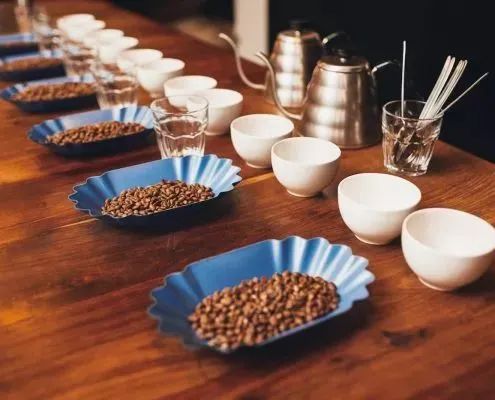
Nowadays, coffee shops often emphasize that they are "boutique coffee". And more than 90% of stores choose to use light to medium roast to interpret the flavor of raw coffee beans, why is this?
Fine coffee has many claims, but its core pursuit is only one thing - "terroir". Because of the demand for such an original and detailed flavor presentation, "light roast", a roast level has become popular.
In the light-medium roast degree, the coffee itself "terroir" is most easily expressed, bright and lively acidic fruit tones are mostly the flavor that this roast degree wants to present, with hand-pouring, siphoning, Aloha pressure, and other "black" coffee extraction methods, is the most in line with The third wave of the fine coffee core concept of the practice.
Licht gebrande koffie bevat ook meer chlorogeenzuur. Veel onderzoeksrapporten over koffie geven aan dat dit ingrediënt het HDL-cholesterol verhoogt en de lever beschermt, atherosclerose en andere effecten vertraagt, met de opkomst van het natuurlijke dieet in de afgelopen jaren, is de zwarte boetiekkoffie zo goed als mogelijk.
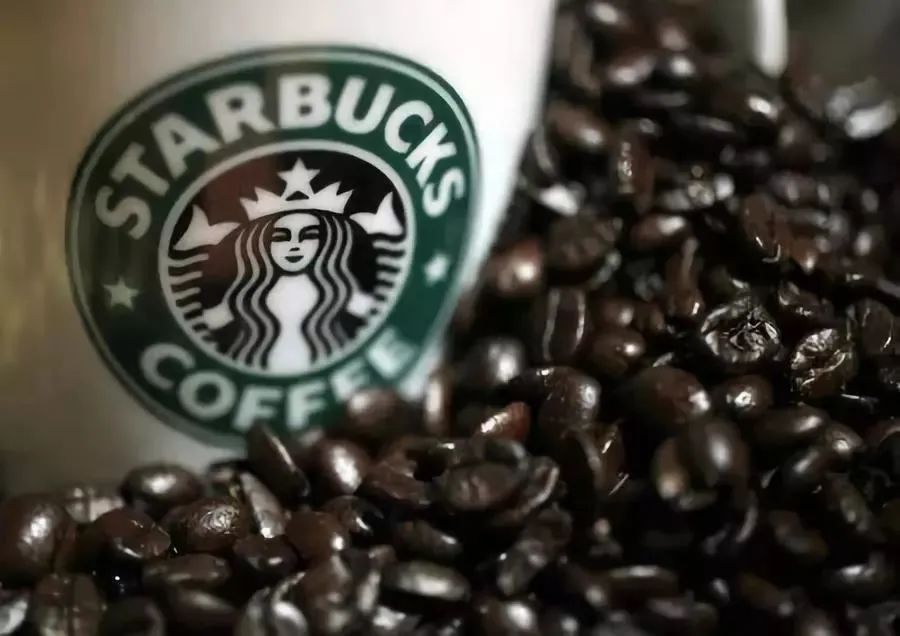
In terms of extraction, since the cell walls of light-roasted coffee are less damaged, we can use "violent" techniques in extraction, which is okay. That is fine grinding (fine sugar size), high water temperature (about 88 - 92 degrees), high water flow stirring (hand brewing pot height, shaking pot pressure, etc.), and high water to powder ratio (about 1:13.33 - 1:16.67).
Dit is natuurlijk een vrij algemene stelling. Omdat ieders voorkeurssmaak anders is, is de juiste aanpak natuurlijk voor iedereen anders.
Light roasting is so popular in the domestic coffee world that many enthusiasts may shake their heads and sigh when they see dark roasted coffee: "herbal". They even think that "only poorer beans use deep roasting techniques to disguise unpleasant flavors" and that "deep-roasted beans are unhealthy for the human body." ……
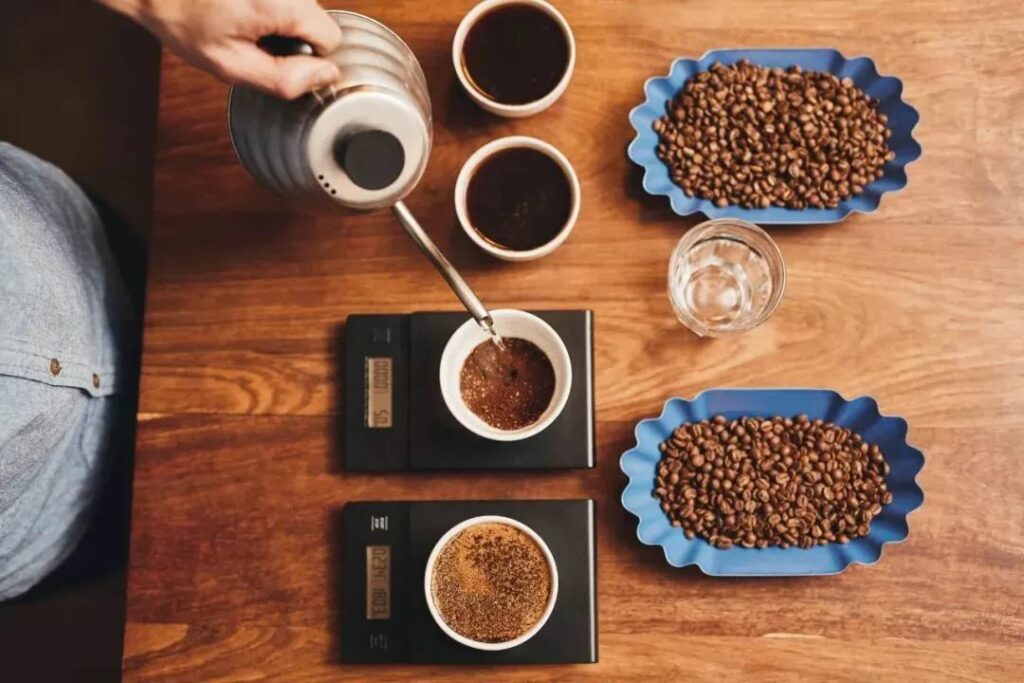
In feite is zo'n idee verkeerd, fijne koffie kan niet diep worden gebrand. Waarom hebben Manteanin en Kenya AA in het verleden bijvoorbeeld de neiging om dieper te roosteren?
De belangrijkste reden is vanwege de oorsprong en de verwerkingsmethode, waardoor deze twee bonen een sterke zuurgraad hebben, terwijl de diepe branding een grote rol speelt bij het vertragen van de stimulatie van de zuurgraad op de menselijke tong, waardoor deze in zoete en zachte verdienste verandert.
We mostly think of dark roast as burnt and smoky, mainly because the way we handle dark roast is "high heat and quick fry", while Japanese roast insists on "low heat and slow roast". So in the same deep roast, the Japanese method is relatively easy to leave more of the sweetness and fullness of the coffee.
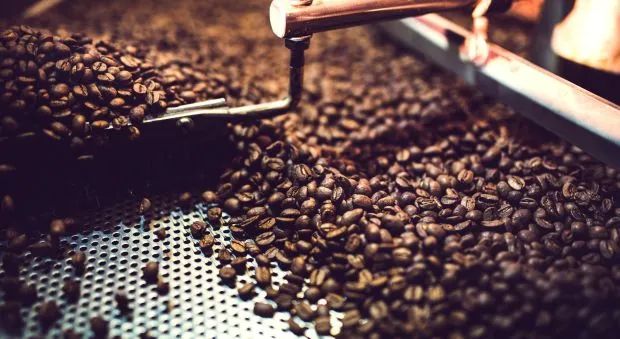
Dus, is het waar dat donkere braadstukken geen goede bonen gebruiken omdat ze toch allemaal hetzelfde smaken als ze gebakken worden?
Natuurlijk niet! Als je ooit het genoegen hebt gehad om een zeer donkere branding van een koffieboon van boetiekkwaliteit te drinken in een oude Japanse theewinkel, versus een zeer donkere branding van een ongebruikelijke partij koffiebonen, dan zul je een aanzienlijk verschil merken in de zoetheid , aroma en lagen tussen de twee.
Het is zeker niet zo dat een brander of een rauwe boon hetzelfde zal smaken - het hangt af van de vaardigheid van de brander en de kwaliteit van de rauwe bonen.
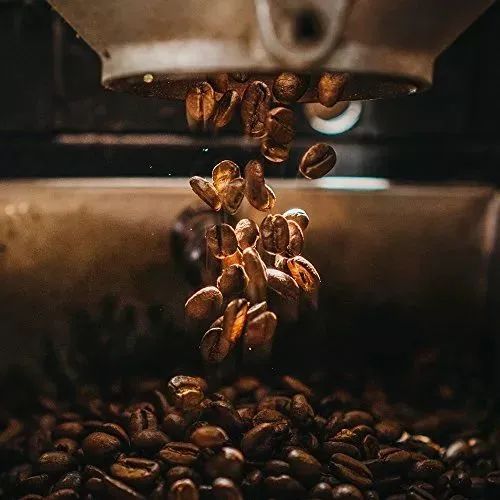
Dark-roasted beans are definitely not unhealthy either. As long as the beans are "properly and skillfully" dark roasted, the effects of coking substances on the human body can be largely avoided. Dark roasted coffee beans also degrade fenugreek, producing more nicotinic acid (commonly known as vitamin B3), which is also a beneficial ingredient for the body.
Unlike lighter roasts, darker roasts provide the aroma and sweetness from the relatively large molecules of "brown pigment" and therefore require a relatively longer extraction time. But also because of the ease of extraction, it is necessary to "minimize disturbance", in other words, "treat the coffee powder as gently as possible", and fill the water slowly in order to achieve these requirements at the same time.
Tot slot, maak niet de fout om een donkere gebrande koffie precies goed te branden!
Als je een andere mening hebt over dit artikel, laat dan gerust een reactie achter.
Over AFPAK
AFPAK onderzoekt ontwerpt en produceert verpakkingsmachines en apparatuur voor het vullen van koffiecapsules. Al meer dan 12 jaar is AFPAK uitgegroeid tot meer dan drie fabrieken die onder andere handelen in het vullen van koffiecapsules, het verpakken van koffiecapsules en lege capsules.
Media contact:
Contactpersoon: Jeff Fang (algemeen directeur)
E-mail:info@afpak.co
Tel: +86-1561-8866-167
Websites: https://afpakmachine.com/ https://www.nespressofilling.com/ https://www.kcupfilling.com/
